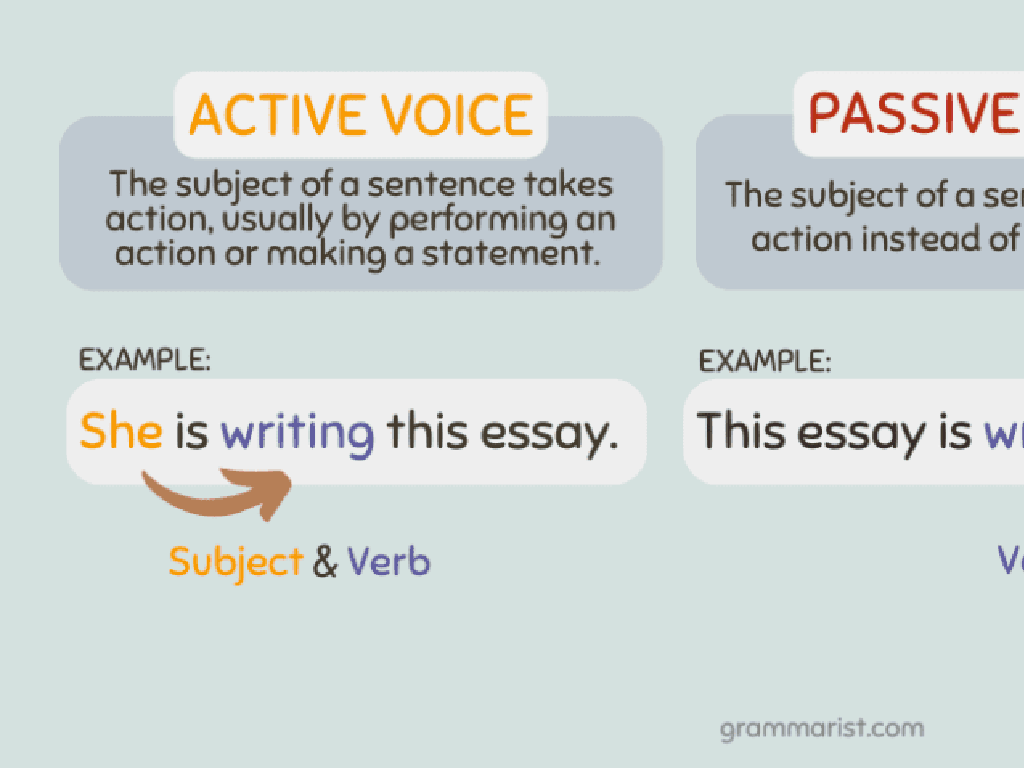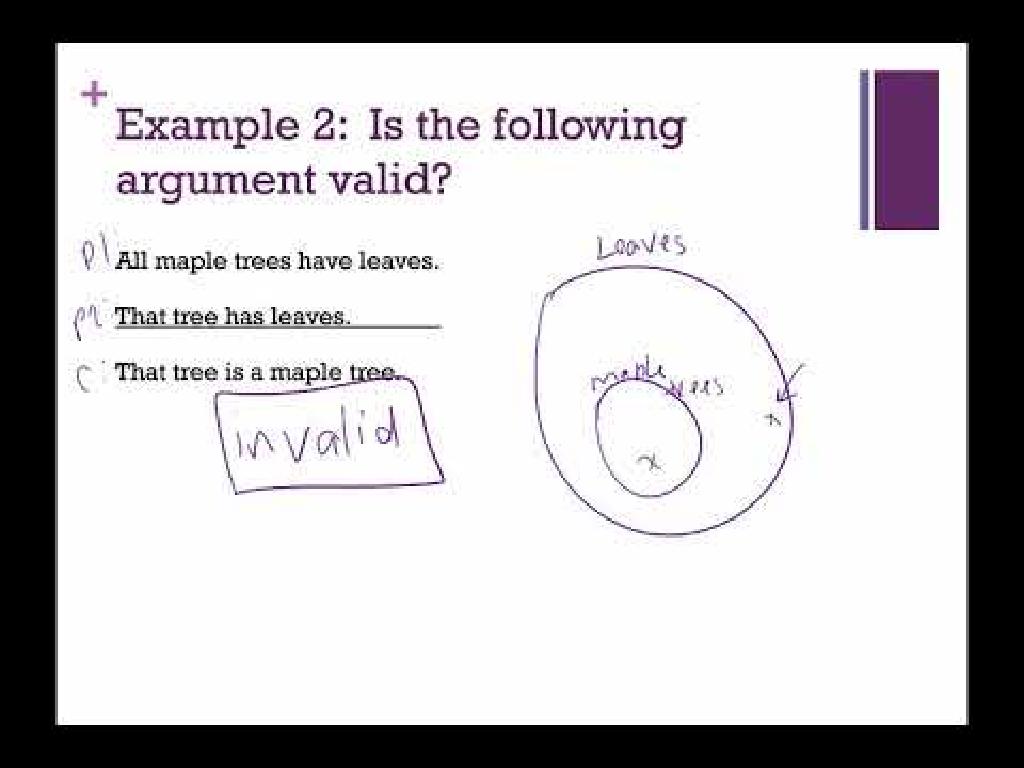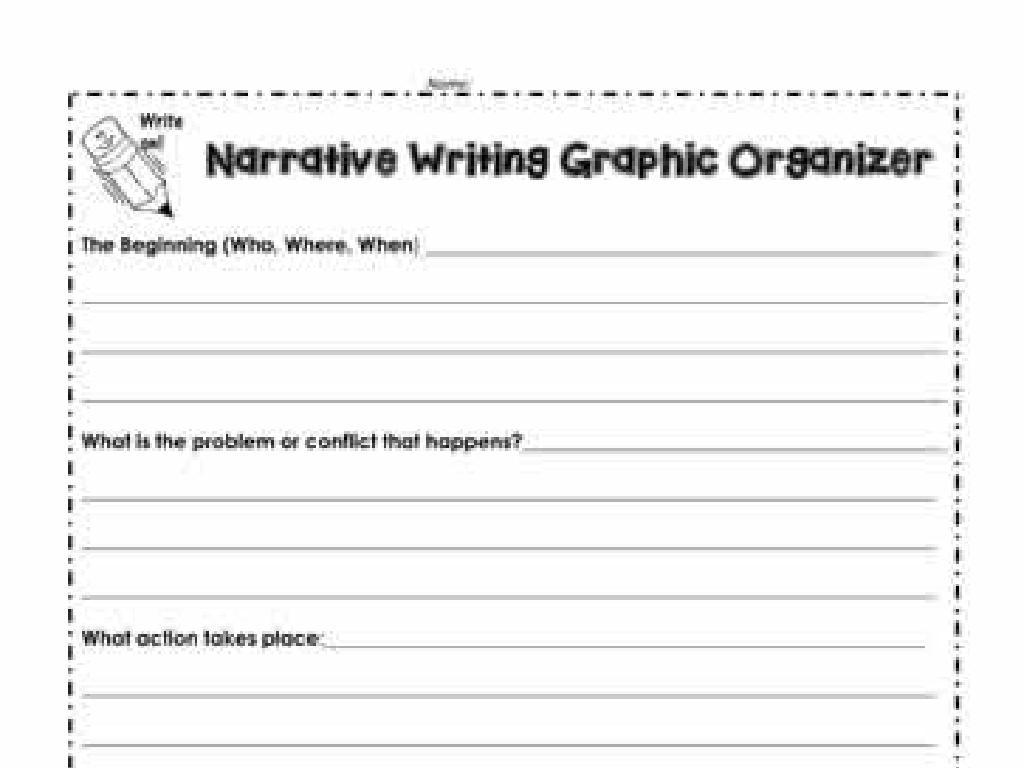Antebellum Period: Slavery And Politics Part Ii
Subject: Social studies
Grade: Fifth grade
Topic: Early 19Th Century American History
Please LOG IN to download the presentation. Access is available to registered users only.
View More Content
Slavery’s Role in Antebellum Politics
– Recap: Antebellum Period intro
– Antebellum: Slavery’s impact
– Slavery was central to the economy and society.
– Politics intertwined with slavery
– Laws and voting were influenced by slavery.
– Today’s focus: Slavery in politics
|
Begin with a brief recap of the previous lesson on the Antebellum Period to refresh students’ memories. Emphasize the importance of understanding how slavery was not just a social issue but also a political one during the Antebellum Period. Discuss how the institution of slavery shaped political decisions, influenced laws, and affected the balance of power between the North and South. Today’s lesson will delve into specific examples of how slavery influenced political events and decisions, such as the Three-Fifths Compromise and the Missouri Compromise. Encourage students to think critically about the moral and ethical implications of these historical events.
Understanding Slavery in the Antebellum South
– Slavery defined
– Slavery is owning people as property
– Daily life of the enslaved
– Enslaved people worked long hours, had few rights
– Slavery’s economic role
– Slavery was key to the South’s agriculture economy
– Impact on Southern society
– It created a divide between the North and South
|
This slide aims to provide a foundational understanding of slavery during the Antebellum Period. Begin with a clear definition of slavery, emphasizing the concept of people being treated as property. Discuss the harsh realities of daily life for enslaved individuals, including the lack of freedom and personal rights. Highlight the significant economic impact of slavery on the Southern states, where it was integral to the agricultural economy, particularly in the production of cotton. Conclude by explaining how the dependence on slavery shaped societal norms and contributed to the growing sectional divide between the North and South, setting the stage for the Civil War. Use this discussion to build empathy and a deeper historical context for the students.
Slavery in the Antebellum South
– Expansion of slavery in the South
– As the South grew more crops, they used more enslaved people for labor.
– Cotton’s role in slavery growth
– Cotton became the main crop and its high demand led to more slavery.
– Daily life of enslaved individuals
– Enslaved people worked long hours, had little freedom, and faced harsh conditions.
– Impact on society and economy
– Slavery was a key part of the South’s economy and shaped social structures.
|
This slide aims to educate fifth-grade students on the complex history of slavery in the Antebellum South. It covers the expansion of slavery as a result of agricultural growth, particularly the cultivation of cotton, which was a labor-intensive crop that became known as ‘King Cotton’ due to its economic importance. The daily lives of enslaved people were filled with hardship and toil, with little to no personal freedom. It’s crucial to convey the profound impact that slavery had on the Southern economy and society, setting the stage for deep-seated political and social conflicts. When discussing this topic, it’s important to approach it with sensitivity and provide a factual, respectful account of this period in American history.
Politics and Slavery in the Antebellum Period
– Slavery’s impact on politics
– Decisions on new states and laws were influenced by slavery.
– Views of key political figures
– Figures like Henry Clay and John C. Calhoun had conflicting opinions on slavery.
– The Missouri Compromise
– An agreement made in 1820 to balance free and slave states.
– Nationwide effects of the Compromise
– It led to a temporary peace but also deepened the divide between North and South.
|
This slide aims to explain the complex relationship between politics and slavery during the Antebellum Period. Emphasize how the existence of slavery was a significant factor in political decisions, especially concerning the expansion of the United States and the balance of power between free and slave states. Highlight the roles of key political figures, such as Henry Clay, who advocated for compromise, and John C. Calhoun, who defended slavery. Discuss the Missouri Compromise as a pivotal event that maintained a balance between free and slave states for a period but ultimately set the stage for further sectional conflict. Use this opportunity to show how historical compromises can have long-lasting effects on a nation.
The Abolitionist Movement
– Understanding the Abolitionist Movement
– A movement to end slavery and free all enslaved people.
– Key figures in the movement
– Harriet Tubman led hundreds to freedom via the Underground Railroad.
– Contributions of abolitionists
– Frederick Douglass wrote powerful speeches and works against slavery.
– Movement’s impact on society
– It helped pave the way for the Civil War and emancipation.
|
The Abolitionist Movement was a crucial part of American history, aiming to abolish slavery and challenge the laws and social norms that supported it. Key figures like Harriet Tubman and Frederick Douglass made significant contributions through direct action and influential writings. Tubman’s work with the Underground Railroad and Douglass’s publications were instrumental in rallying both black and white supporters to the cause. The movement’s efforts heightened tensions between the North and South, contributing to the outbreak of the Civil War and ultimately leading to the end of slavery with the Emancipation Proclamation. When discussing this slide, emphasize the bravery and determination of these individuals and the lasting impact of their actions on American society.
Resistance and Rebellion During the Antebellum Period
– Enslaved people resisted in many ways
– Quiet acts like work slowdowns, or escape through the Underground Railroad
– Leaders like Nat Turner led rebellions
– Nat Turner’s rebellion in 1831 was a fight for freedom
– Rebellions had serious consequences
– Often resulted in harsher laws and punishments for enslaved people
– Understanding the impact of resistance
|
This slide aims to educate students on the various forms of resistance that enslaved people employed against their oppressors, including both subtle acts of defiance and outright rebellion. Highlight the bravery and leadership of individuals like Nat Turner, who risked everything for the chance at freedom. Discuss the severe consequences that followed such acts of resistance, which often led to stricter control and punishment. Emphasize the importance of understanding these events to grasp the complexities of slavery and the fight for human dignity. Encourage students to reflect on the courage it took to stand up against such a system and the lasting effects these actions had on American history.
The Road to Civil War
– Tensions between North and South
– Differences in economy and society caused a rift
– Key events leading to war
– The Missouri Compromise, Dred Scott decision, etc.
– States’ rights vs. federal power
– Debate over who had the final say: individual states or the whole country?
– Impact on the nation
|
This slide aims to introduce students to the complex factors that contributed to the outbreak of the Civil War. Emphasize the growing economic and social disparities between the North and South, such as the industrial vs. agricultural economies. Highlight key events that escalated tensions, including legislative acts and landmark court cases. Discuss the ideological battle over states’ rights versus federal authority, explaining how this debate influenced political decisions and public sentiment. The slide should help students understand that these issues had a profound and lasting impact on the United States, setting the stage for the Civil War.
Class Activity: Role-Play Debate on Slavery
– Divide into abolitionists and pro-slavery groups
– Prepare your arguments
– Use facts from today’s lesson to support your stance
– Engage in a classroom debate
– Follow debate rules: take turns, respect, and listen
– Reflect on the perspectives
– Think about how each side felt during the Antebellum Period
|
This activity aims to deepen students’ understanding of the complex issues surrounding slavery during the Antebellum Period by having them role-play a debate. Split the class into two groups representing abolitionists and pro-slavery politicians. Each group will prepare arguments using information from today’s lesson. Ensure that students understand the importance of respectful discourse and listening to opposing viewpoints. After the debate, guide a reflection session to discuss the emotions and motivations of people during the time. Possible activities: 1) Writing a reflective essay, 2) Creating posters that represent each viewpoint, 3) Composing letters from the perspective of their character, 4) Drawing a political cartoon, 5) Researching a real historical figure and presenting their views.
Reflecting on the Antebellum Period
– Overview of the Antebellum Period
– Time before the Civil War, marked by division
– Slavery’s impact on politics
– Slavery led to major political debates and conflicts
– Significance of understanding this era
– Learning history helps us understand today’s society
– Class discussion and reflection
|
This slide aims to consolidate the students’ understanding of the Antebellum Period and its complexities. Begin with a brief recap of the period, highlighting the cultural and economic divide between the North and South, and the role of cotton. Discuss how slavery was not only a social issue but also a political one that influenced legislation and the balance of power. Emphasize the importance of learning about this period to comprehend the roots of modern social and political issues. Encourage students to share their thoughts and what they’ve learned, fostering a classroom environment where they can reflect on the past to better understand the present.
Homework: The Abolitionist Movement Essay
– Write an essay on Abolitionist impact
– Include three key Abolitionist figures
– Harriet Tubman, Frederick Douglass, William Lloyd Garrison
– Describe their anti-slavery contributions
– Actions like speeches, writings, and the Underground Railroad
– Reflect on the movement’s significance
|
This homework assignment aims to deepen students’ understanding of the Abolitionist Movement and its pivotal role in American history. Students should write a one-page essay focusing on how the movement sought to end slavery and the significant impact it had on society. They are required to include at least three key figures from the movement, such as Harriet Tubman, Frederick Douglass, and William Lloyd Garrison, explaining how each of their actions and efforts contributed to the cause. Encourage students to use specific examples, like Tubman’s work with the Underground Railroad or Douglass’s powerful speeches and writings. This exercise will help students grasp the importance of individual contributions to a larger social change and the collective power of people fighting for justice.






